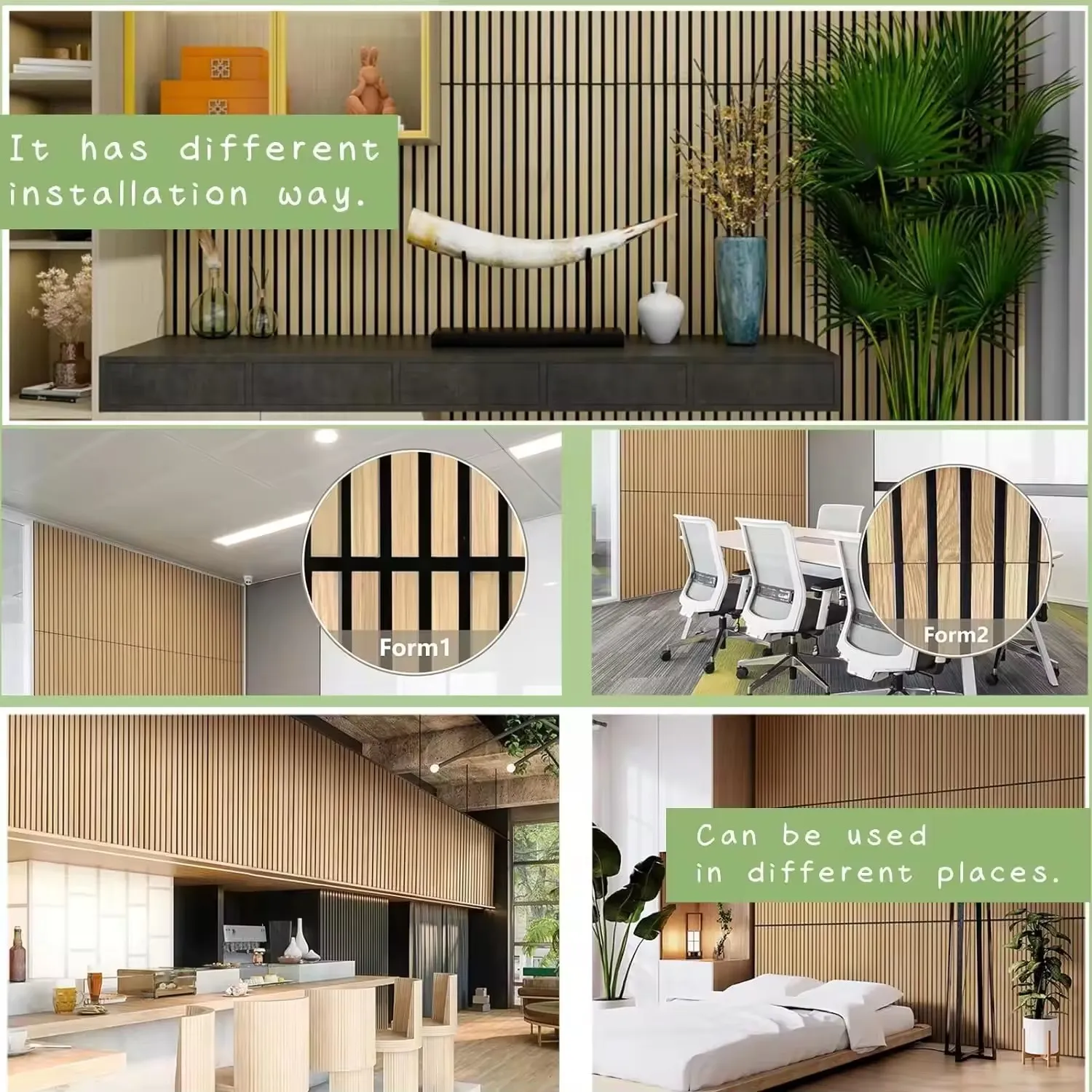The Versatility and Benefits of Wood Wool Panels
In recent years, the construction and design industries have witnessed a renewed interest in sustainable materials that not only enhance aesthetic appeal but also provide functional benefits. Among these materials, wood wool panels have emerged as a versatile and innovative solution for various applications. Combining natural wood fibers with binder materials, wood wool panels offer a unique blend of characteristics that make them an attractive choice for architects, builders, and designers alike.
What Are Wood Wool Panels?
Wood wool panels, also known as wood wool cement boards, are composite panels made from long, thin strands of wood, typically derived from fast-growing species. These strands are combined with a binding agent, such as cement or other adhesives, to create a durable and stable product. The manufacturing process involves a careful selection of wood, which is then processed into fine strands and mixed with the binder. Once formed into panels, they are cured to enhance their durability and performance.
Aesthetic Appeal
One of the defining features of wood wool panels is their natural aesthetic. The unique texture and warm tones of wood wool can complement various architectural styles, from rustic and industrial to modern and contemporary. The panels can be left in their natural state or finished with paints and stains to match specific design preferences. This versatility makes wood wool an appealing choice for interior walls, ceilings, and even furniture applications, allowing designers to incorporate a natural element into their projects effortlessly.
Acoustic Performance
Wood wool panels are particularly renowned for their acoustic properties. The structure of the panels allows them to absorb sound, making them a popular choice for spaces where noise control is a priority. These panels can significantly reduce echo and overall noise levels, creating a more pleasant environment in settings such as offices, schools, and hospitality venues. The effective sound absorption characteristics of wood wool panels are attributed to their unique structure, which traps sound waves and minimizes reverberation.
Thermal Insulation
wood wool panels

In addition to their acoustic benefits, wood wool panels also offer excellent thermal insulation properties. The air pockets created within the panels help to regulate indoor temperatures, contributing to energy efficiency in buildings. By minimizing heat transfer, wood wool panels can reduce reliance on heating and cooling systems, leading to lower energy bills and a smaller carbon footprint. This thermal performance aspect aligns perfectly with the growing demand for sustainable building practices and energy-efficient design solutions.
Fire Resistance
Another compelling advantage of wood wool panels is their fire resistance. The binding agents used in their production enhance their fire-retardant properties, making them a safer option for various applications. While wood itself is naturally combustible, the treatment processes that wood wool panels undergo significantly reduce their flammability. This feature not only meets safety regulations but also provides peace of mind for builders and occupants alike.
Sustainability
In an era where environmental consciousness is paramount, wood wool panels stand out as a sustainable building material. The use of fast-growing wood species and the efficient production processes minimize the environmental impact associated with their manufacture. Additionally, wood wool panels are recyclable and biodegradable, further contributing to their eco-friendly profile. By choosing wood wool panels, designers and builders actively participate in promoting sustainable practices within the construction industry.
Installation and Flexibility
Wood wool panels are relatively easy to install, making them a practical option for both new constructions and renovations. Their lightweight nature simplifies the handling and application process, while their adaptability allows them to be used in a variety of settings, from residential homes to commercial spaces. Furthermore, they can be applied both internally and externally, providing a seamless transition between indoor and outdoor spaces.
Conclusion
Wood wool panels represent a remarkable fusion of aesthetics, functionality, and sustainability. With their appealing visual qualities, excellent acoustic and thermal performance, fire resistance, and eco-friendly attributes, they offer an array of benefits for modern construction and design. As the industry continues to evolve towards greener solutions, wood wool panels are poised to play a significant role in shaping the future of sustainable architecture. Their versatility ensures that they will remain a popular choice among architects, builders, and designers, allowing for innovative and environmentally responsible designs that meet the needs of today's world.
